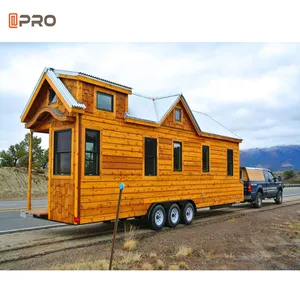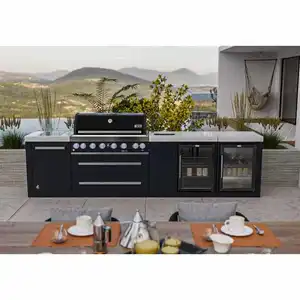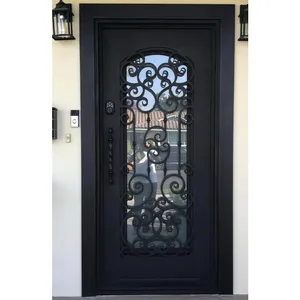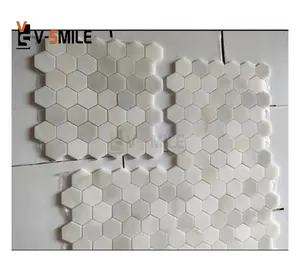Popular in your industry












































































Related Searches:








































































































































































Top categories
About bentonite waterproof pad
Understanding Bentonite Waterproof Pads
Bentonite waterproof pads are an essential component in modern construction, offering unparalleled moisture barrier properties. These pads are primarily composed of bentonite clay, a material renowned for its ability to expand and seal when exposed to water, thus creating an effective waterproofing solution.
Types and Applications
There is a diverse range of bentonite waterproof pads tailored to various applications. Suitable for outdoor use, these pads are commonly employed in protecting slopes and gardens from water damage. Their versatility extends to different design needs, including graphic design, total project solutions, and 3D model design.
Features and Materials
The core material of these waterproof pads is bentonite, a natural clay with a high capacity for water absorption. The pads are available in multiple colors, such as black and white, to match different aesthetic and functional requirements. The design options cater to a variety of architectural styles, from modern to industrial and contemporary.
Advantages of Bentonite Waterproofing
Utilizing bentonite waterproof pads in construction projects offers several advantages. Their natural swelling property ensures a self-sealing feature that activates upon contact with water, providing a long-lasting and durable waterproofing solution. Additionally, the ease of installation and compatibility with various substrates make them a preferred choice for waterproofing needs.
Environmental Considerations
As an environmentally friendly option, bentonite waterproof pads are made from a naturally occurring material, which is both sustainable and non-toxic. This makes them an ideal choice for projects that prioritize ecological impact without compromising on performance.
Selection Criteria
When selecting a bentonite waterproof pad, it is crucial to consider the specific requirements of the project, such as the area of application and the expected level of water exposure. The selection should be based on the pad's compatibility with the project's design specifications and its ability to meet the waterproofing needs effectively.






















